A UNIQUE EXHIBITION QUALITY RECONSTRUCTION OF THE MERRYWEATHER LEECH 'TEMPEST PROGNOSTICATOR'PHILLIP COLLINS TO GEORGE MERRYWEATHER'S DESIGN, MERTON, DEVON, LATE 20th CENTURY The instrument with central carved polychrome painted mahogany upright formed as a baluster decorated in the high Victorian Indian manner with lappet leaves and other foliate motifs finished in blue green and brown with gilt highlights, surmounted by a cast gilt brass bell formed as a cupola with integral foliate spire finial over a coronet-shaped section incorporating twelve counterweighted pivoted hammers sounding on the lower rim of the bell, the hammers in-turn connected by fine silver-gilt chains passing via pulley-guides through a circular ring platform applied with gilt cast brass gallery decorated with repeating anthemion crests and pierced scrollwork to circumference, to connect with trip release 'trap' mechanisms set within the brass caps of twelve corresponding glass bottles contained within a carousel to the base, with fine conforming cast gilt brass gallery over blue and gilt painted lappet-leaf carved lower edge; the instrument contained within a cylindrical Perspex display case set on a blue painted plinth, (leeches not included).The instrument 99cm (39ins) high, 61cm (24ins) diameter; the display case and stand 201cm (79ins) high 71cm (28ins) diameter. Provenance: The centrepiece of the exhibition collection of Barometer World, Merton, Devon. The design of the present lot was conceived by Dr. George Merryweather, a resident of Whitby who also curated the town's museum between 1840 and 1861. Being a medical doctor Merryweather was fascinated by leeches and sought harness their apparent pre-determined instinct to escape water prior to a storm to create an instrument that would serve to predict stormy weather. During 1850 he developed what he termed the 'Tempest Prognosticator' or to give it his full title the 'Atmospheric Electromagnetic Telegraph conducted by Animal Instinct'.Merryweather's design comprises a glass of one pint capacity filled with water to a depth of around one inch. Into this a leach is placed. The cap of the bottle is fitted with a bone flag which is carefully held in place by tension of a chain (caused by a small counterweight on the bell hammer to which the other end of the chain is attached) rising from the bottle. When stormy weather is due the leech, driven by instinct, will exit the water and seek to escape through the top of the bottle. In doing so the animal releases the bone flag 'trap' causing the hammer to pivot against its counterweight and sound on the bell.In order to test his theory Dr. George Merryweather set-up a prototype and sent letters by post to Henry Belcher, President of the Whitby Literary and Philosophical Society, every time a storm was 'predicted'. The posting of each letter recorded both the date and time of the prediction and through this process Merryweather satisfied himself of the machine's effectiveness.Several models of Merryweather's Tempest Prognosticator were proposed to suit all budgets with maritime applications being suggested however it would appear that only one highly ornamental model was built for display at the Great Exhibition of 1851. This model incorporated twelve jars thus provided a 'jury' of leeches to preside over storm prediction. Dr. George Merryweather described his invention and the process behind its development and experimentation in his 1851 publication AN ESSAY, EXPLANATORY, OF THE, TEMPEST PROGNOSTICATOR, IN THE, BUILDING OF THE GREAT EXHIBITION FOR THE WORKS OF INDUSTRY OF ALL NATIONS, READ BEFORE THE WHITBY PHILOSOPHICAL SOCIETY, FEBRUARY 27th 1851. From thiswork, which also includes a good detailed engraving of the instrument exhibited at Crystal Palace, Phillip Collins sought to build an accurate reconstruction as a centre-piece for Barometer World Museum in Merton, Devon. Over the course of three years every element was bult from scratch including hand blo
A UNIQUE EXHIBITION QUALITY RECONSTRUCTION OF THE MERRYWEATHER LEECH 'TEMPEST PROGNOSTICATOR'PHILLIP COLLINS TO GEORGE MERRYWEATHER'S DESIGN, MERTON, DEVON, LATE 20th CENTURY The instrument with central carved polychrome painted mahogany upright formed as a baluster decorated in the high Victorian Indian manner with lappet leaves and other foliate motifs finished in blue green and brown with gilt highlights, surmounted by a cast gilt brass bell formed as a cupola with integral foliate spire finial over a coronet-shaped section incorporating twelve counterweighted pivoted hammers sounding on the lower rim of the bell, the hammers in-turn connected by fine silver-gilt chains passing via pulley-guides through a circular ring platform applied with gilt cast brass gallery decorated with repeating anthemion crests and pierced scrollwork to circumference, to connect with trip release 'trap' mechanisms set within the brass caps of twelve corresponding glass bottles contained within a carousel to the base, with fine conforming cast gilt brass gallery over blue and gilt painted lappet-leaf carved lower edge; the instrument contained within a cylindrical Perspex display case set on a blue painted plinth, (leeches not included).The instrument 99cm (39ins) high, 61cm (24ins) diameter; the display case and stand 201cm (79ins) high 71cm (28ins) diameter. Provenance: The centrepiece of the exhibition collection of Barometer World, Merton, Devon. The design of the present lot was conceived by Dr. George Merryweather, a resident of Whitby who also curated the town's museum between 1840 and 1861. Being a medical doctor Merryweather was fascinated by leeches and sought harness their apparent pre-determined instinct to escape water prior to a storm to create an instrument that would serve to predict stormy weather. During 1850 he developed what he termed the 'Tempest Prognosticator' or to give it his full title the 'Atmospheric Electromagnetic Telegraph conducted by Animal Instinct'.Merryweather's design comprises a glass of one pint capacity filled with water to a depth of around one inch. Into this a leach is placed. The cap of the bottle is fitted with a bone flag which is carefully held in place by tension of a chain (caused by a small counterweight on the bell hammer to which the other end of the chain is attached) rising from the bottle. When stormy weather is due the leech, driven by instinct, will exit the water and seek to escape through the top of the bottle. In doing so the animal releases the bone flag 'trap' causing the hammer to pivot against its counterweight and sound on the bell.In order to test his theory Dr. George Merryweather set-up a prototype and sent letters by post to Henry Belcher, President of the Whitby Literary and Philosophical Society, every time a storm was 'predicted'. The posting of each letter recorded both the date and time of the prediction and through this process Merryweather satisfied himself of the machine's effectiveness.Several models of Merryweather's Tempest Prognosticator were proposed to suit all budgets with maritime applications being suggested however it would appear that only one highly ornamental model was built for display at the Great Exhibition of 1851. This model incorporated twelve jars thus provided a 'jury' of leeches to preside over storm prediction. Dr. George Merryweather described his invention and the process behind its development and experimentation in his 1851 publication AN ESSAY, EXPLANATORY, OF THE, TEMPEST PROGNOSTICATOR, IN THE, BUILDING OF THE GREAT EXHIBITION FOR THE WORKS OF INDUSTRY OF ALL NATIONS, READ BEFORE THE WHITBY PHILOSOPHICAL SOCIETY, FEBRUARY 27th 1851. From thiswork, which also includes a good detailed engraving of the instrument exhibited at Crystal Palace, Phillip Collins sought to build an accurate reconstruction as a centre-piece for Barometer World Museum in Merton, Devon. Over the course of three years every element was bult from scratch including hand blo
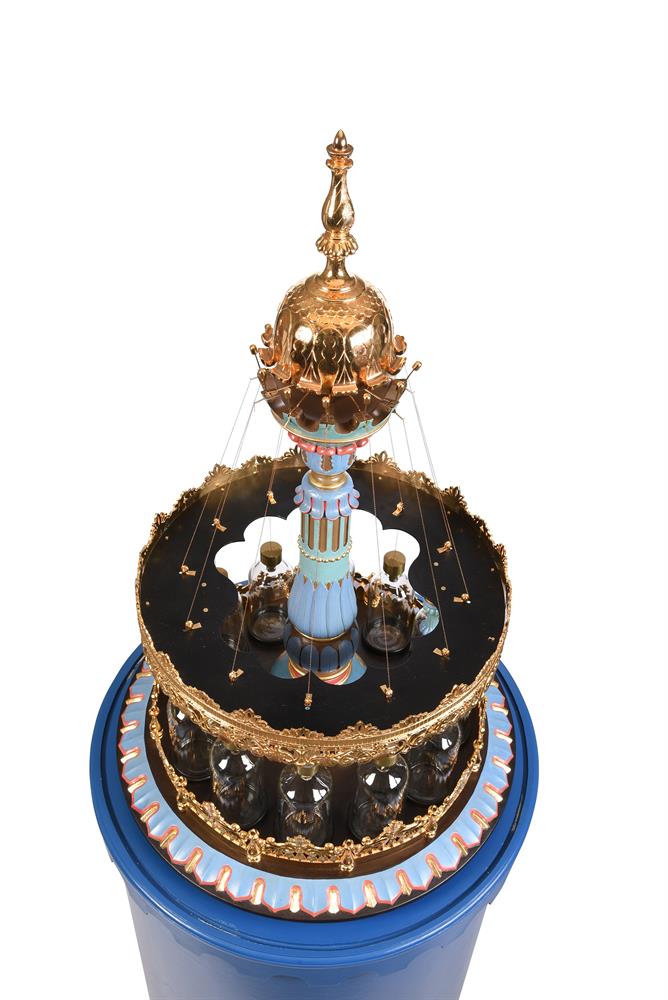







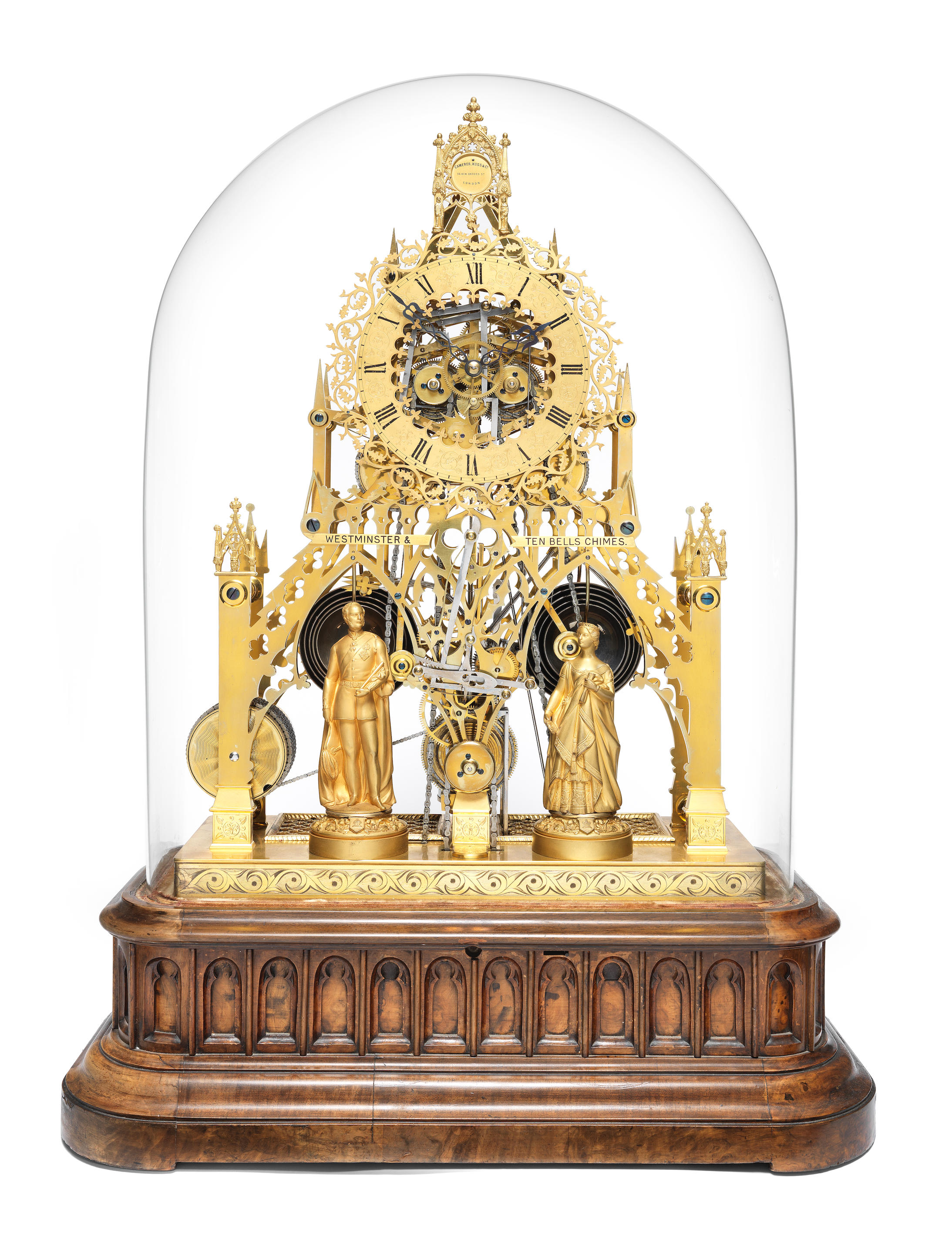


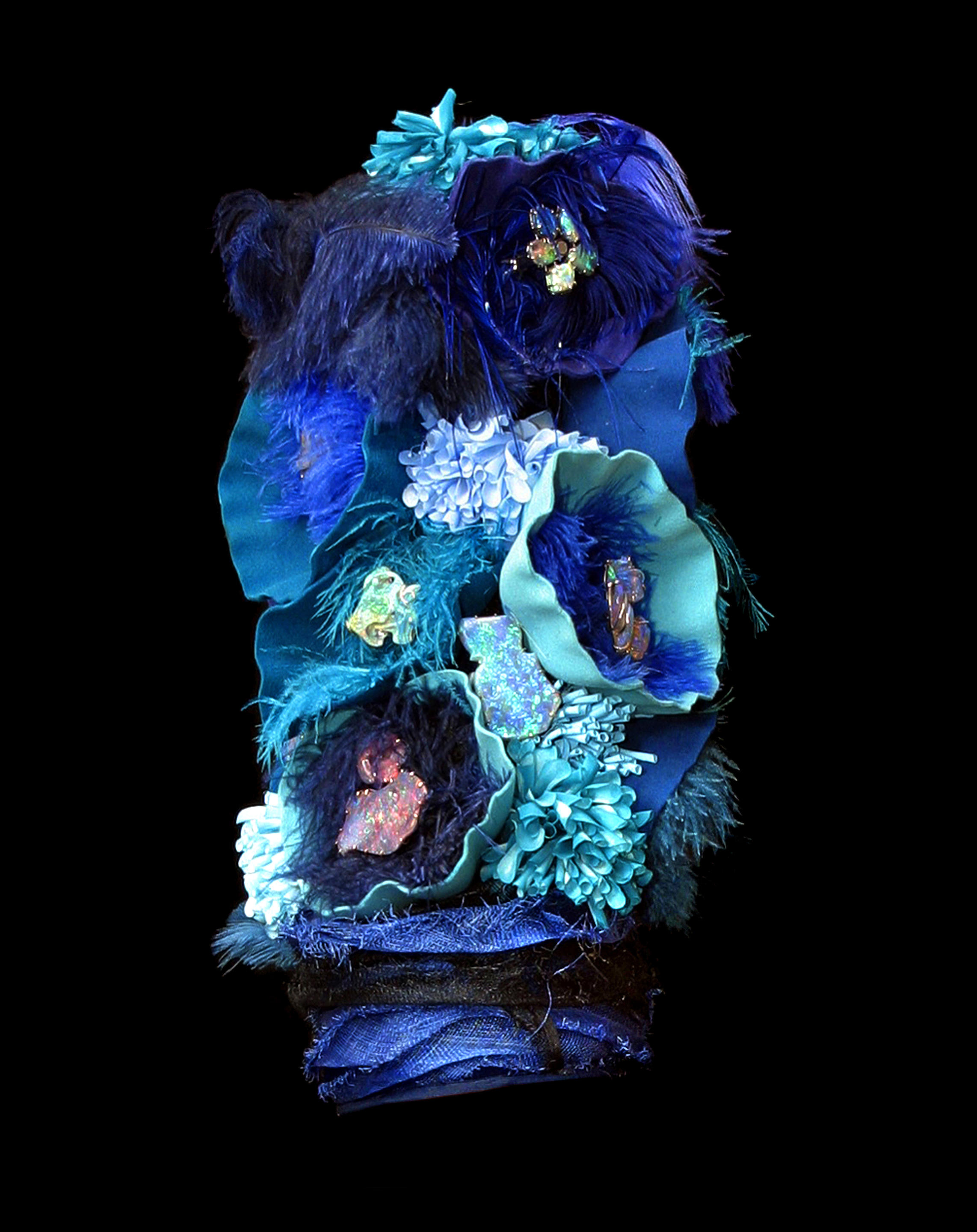
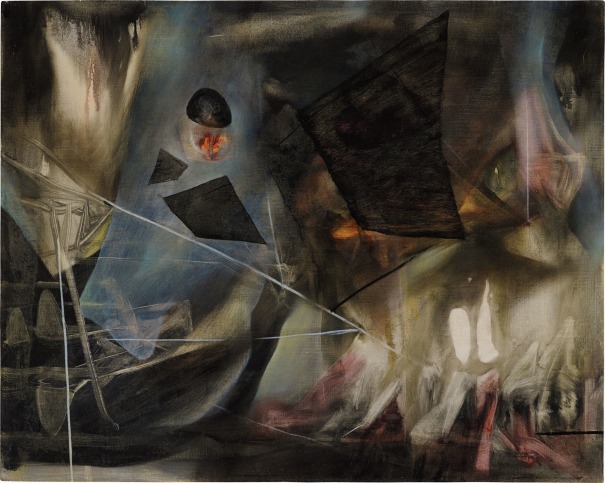

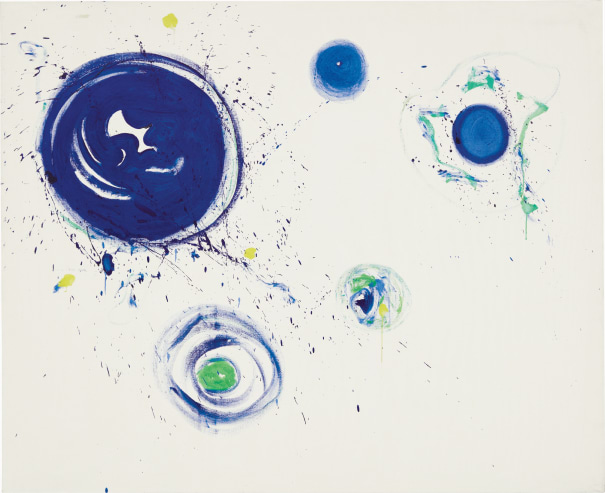
Testen Sie LotSearch und seine Premium-Features 7 Tage - ohne Kosten!
Lassen Sie sich automatisch über neue Objekte in kommenden Auktionen benachrichtigen.
Suchauftrag anlegen